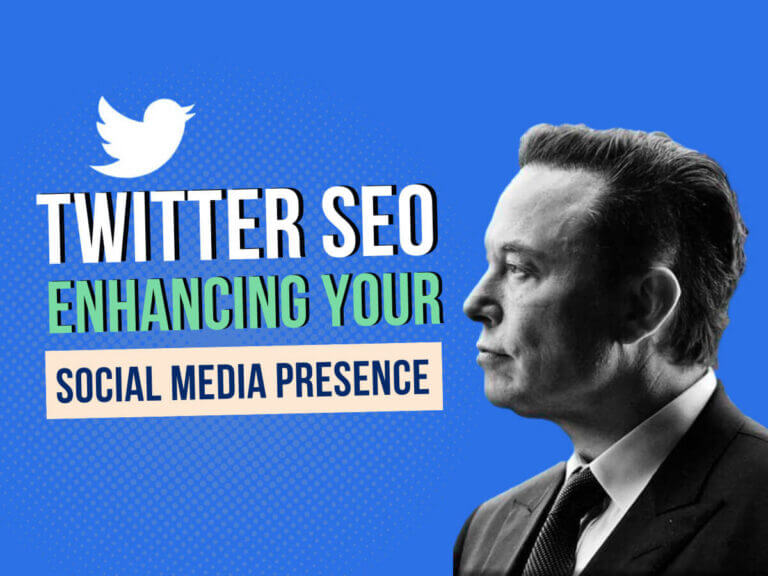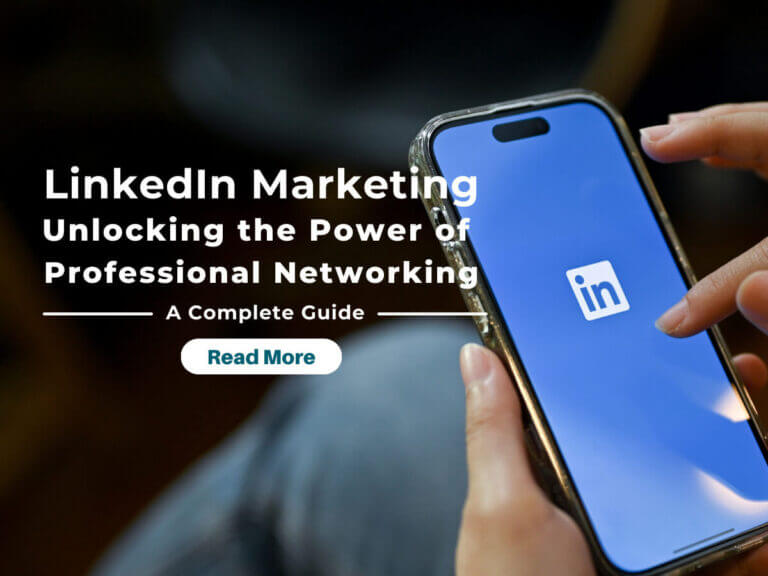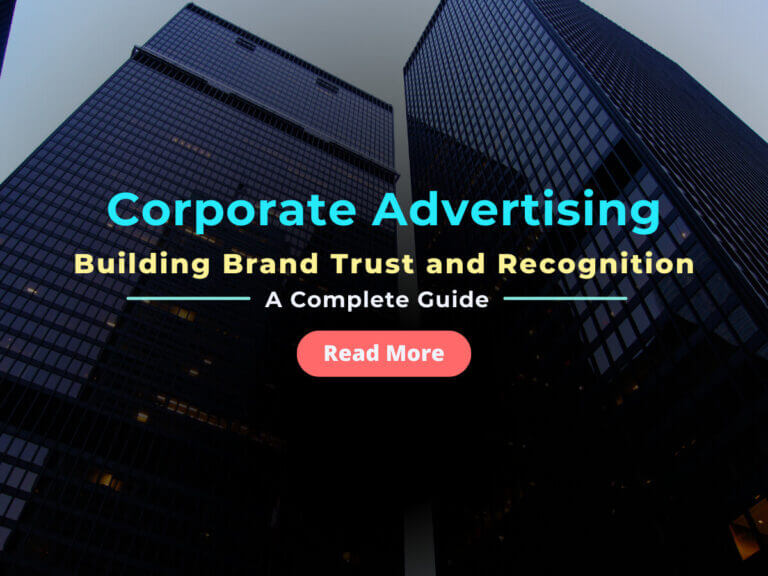If you're running Google AdWords campaigns, you want to ensure that you're getting the best results for your investment. However, there are some common mistakes that businesses make when running their campaigns. In this article, we'll explore the top 5 Google AdWords campaign mistakes you need to avoid to ensure your campaigns are successful.
Table of Contents
Introduction
Google AdWords is a popular online advertising platform that businesses use to promote their products or services. AdWords allows businesses to display their ads to people who are searching for products or services similar to theirs. However, to make the most of AdWords, businesses need to avoid common mistakes that can cause their campaigns to be less successful.

The Importance of Targeting the Right Audience in AdWords
As an advertiser, your ultimate goal is to attract the right audience to your website and convert them into paying customers. However, if you target the wrong audience, it can result in negative consequences for your business. In this article, we will discuss the importance of targeting the right audience in AdWords, the reasons why targeting the wrong audience can be detrimental, and the steps you can take to avoid this mistake.

Consequences of Targeting the Wrong Audience
Poor Performance Metrics
When you target the wrong audience, your AdWords campaign's performance metrics will suffer. You may experience a high bounce rate, low click-through rate, and low conversion rate. These metrics indicate that your ads are not resonating with your target audience, and as a result, your ad spend is going to waste.
Negative Impact on Brand Image
Targeting the wrong audience can also have a negative impact on your brand image. If your ads are irrelevant to potential customers, they may find them annoying or misleading. This can lead to negative reviews or feedback, which can damage the reputation of your brand.
Missed Opportunities
Targeting the wrong audience means that you are missing out on potential customers and sales. Your competitors are likely targeting the same audience, and if they are doing it better than you, you will lose potential customers to them. This can result in decreased brand visibility and awareness.
Reasons for Targeting the Wrong Audience in AdWords
Inaccurate Targeting Settings
One of the most common reasons for targeting the wrong audience is inaccurate targeting settings. This can include location targeting, language targeting, device targeting, and ad scheduling. If you set these targeting settings incorrectly, your ads may be displayed to the wrong audience.
Poor Keyword Selection
Another reason for targeting the wrong audience is poor keyword selection. Using broad keywords, irrelevant keywords, or low search volume keywords can result in your ads being displayed to an irrelevant audience.
Poor Ad Copy
Finally, poor ad copy can also lead to targeting the wrong audience. If your ad copy is irrelevant, misleading, or confusing, potential customers may not click on your ads, resulting in wasted ad spend.
Steps to Avoid Targeting the Wrong Audience in AdWords
Define Target Audience
To avoid targeting the wrong audience, you must first define your target audience. This involves conducting market research, creating buyer personas, and identifying demographics, interests, behaviors, and preferences of your potential customers.
Set Accurate Targeting Settings
Once you have defined your target audience, you can set accurate targeting settings in AdWords. This includes location targeting, language targeting, device targeting, and ad scheduling. By setting these targeting settings correctly, you can ensure that your ads are displayed to the right audience.
Select Relevant and High-Volume Keywords
Choosing relevant and high-volume keywords is crucial to targeting the right audience. You should conduct keyword research, use keyword match types appropriately, and avoid negative keywords to ensure that your ads are displayed to the right audience.
Craft Relevant and Compelling Ad Copy
Finally, crafting relevant and compelling ad copy is essential to attracting the right audience. Your ad copy should highlight your unique selling propositions (USPs), address pain points of the target audience, and include a clear call-to-action (CTA).
Poor Landing Page Optimization
Before we dive into the reasons why poor landing page optimization is hurting your business, let's define what it is. Landing page optimization is the process of improving the elements on a landing page to increase conversions. These elements include the page layout, design, copy, calls-to-action, and forms. The goal of landing page optimization is to create a seamless experience for the user, leading them to take a desired action, such as making a purchase, filling out a form, or subscribing to a newsletter.
- High Bounce Rates
One of the biggest indicators of poor landing page optimization is high bounce rates. A bounce occurs when a visitor lands on your page and leaves without taking any action. This is a clear sign that your landing page is not resonating with your audience. High bounce rates can be caused by a number of factors, including confusing or cluttered design, irrelevant or confusing copy, slow load times, or lack of clear calls-to-action.
- Low Conversion Rates
Another significant impact of poor landing page optimization is low conversion rates. This means that visitors are not taking the desired action on your page, such as making a purchase or filling out a form. Low conversion rates can be caused by many of the same factors that contribute to high bounce rates, as well as by a lack of trust indicators, such as social proof, security badges, or customer reviews.
- Wasted Advertising Spend
In addition to the negative impact on conversion rates, poor landing page optimization can also result in wasted advertising spend. When visitors click on your ads and land on a poorly optimized landing page, they are less likely to convert. This means that you are paying for clicks that are not resulting in any tangible benefit for your business.
- Best Practices for Landing Page Optimization
Now that we've explored the negative impact of poor landing page optimization, let's discuss some best practices for optimizing your landing pages.
- Clear and Compelling Headlines
Your headline is the first thing that visitors see when they land on your page, so it's essential to make it clear and compelling. Your headline should clearly communicate the value proposition of your offer and entice visitors to keep reading.
- Relevant and Persuasive Copy
Your landing page copy should be relevant to the offer and persuasive enough to convince visitors to take action. Use clear, concise language and focus on the benefits of your offer, rather than its features.
- Strong Calls-to-Action
Your calls-to-action (CTAs) should be clear, prominent, and compelling. Use action-oriented language and make sure that your CTAs stand out visually on the page.
- Clean and Simple Design
A clean and simple design can help to reduce clutter and distraction, making it easier for visitors to focus on the offer and take action. Use white space effectively and limit the number of elements on the page to those that are essential to the conversion process.
- Trust Indicators
Including trust indicators, such as customer reviews, security badges, or social proof, can help to increase visitor trust and confidence in your offer.
Turning on the Content Network
If you're running a Google AdWords campaign, you may have noticed an option to turn on the Content Network. The Content Network is a collection of websites and other online platforms that display Google ads. By enabling the Content Network, you can expand the reach of your ads beyond Google's search results pages, potentially increasing your ad impressions and clicks.
However, there are some potential downsides to using the Content Network. Your ads may be displayed on websites that are not relevant to your business or target audience, which could lead to low-quality clicks and wasted ad spend. Additionally, the conversion rates on the Content Network tend to be lower than on Google's search results pages.
If you do decide to enable the Content Network, there are some best practices to follow to maximize the effectiveness of your ads:
- Use separate campaigns: Create separate campaigns for the Content Network and Google search results pages. This will allow you to more easily monitor and optimize your campaigns for each platform.
- Target your ads: Use targeting options to ensure that your ads are displayed on websites that are relevant to your business and target audience. You can use contextual targeting, which matches your ads to the content of a website, or placement targeting, which allows you to choose specific websites or categories of websites on which to display your ads.
- Monitor performance: Keep a close eye on the performance of your ads on the Content Network. If you notice that certain websites are generating a high number of clicks but a low number of conversions, consider excluding those websites from your campaign.
- Use ad formats that work well on the Content Network: Some ad formats, such as image ads and video ads, tend to perform better on the Content Network than on Google search results pages. Experiment with different ad formats to see what works best for your business.
In summary, enabling the Content Network can be a useful strategy for expanding the reach of your Google AdWords campaign, but it's important to monitor performance closely and use targeting options to ensure that your ads are displayed on relevant websites.
Setting a Daily Budget Too High
Setting your daily budget too high can lead to a huge spike in conversions, but not necessarily high-quality traffic. This results in a poor click-through rate (CTR) and can hurt your quality score, which can hinder your campaign's performance. Moreover, you might forget that you've raised your daily budget high, and you could end up blowing through a lot of money. Instead, set a reasonable daily budget and monitor your campaigns regularly.
Poor Keyword Grouping
When creating your Adwords ad groups, make sure to use similar keywords in each ad group, with at least one keyword being the same. This will help tailor your ad and landing page to your targeted keywords and help Google serve your ads on the keywords you want. For example, if your ad group is for electric guitars, use keywords like electric guitars, cheap electric guitars, and vintage electric guitars, and ensure that the root keyword (electric guitars) is in every keyword and in your ad copy.
Bidding Too Low
Bidding too low can leave you buried at the bottom of the pack with little exposure. While it may save you money in bids, it can cost you a lot in sales. When a visitor is interested in your product, they will likely keep searching and comparing you to your competitors. If they forget the name of your website, they may not dig to the other pages to find you again, even if they found you on the third page originally. So, make sure to bid competitively and monitor your campaigns regularly.
Conclusion
In conclusion, these are the top 5 Adwords campaign mistakes that you need to avoid. By optimizing your landing page, turning off the content network (or bidding low), setting a reasonable daily budget, properly grouping your keywords, and bidding competitively, you'll increase your chances of running a successful Adwords campaign. Remember to monitor your campaigns regularly to ensure that you're not wasting money and that you're getting the best ROI for your Adwords spend.
FAQs
What is Google AdWords?
Google AdWords is an online advertising platform that allows businesses to promote their products or services by displaying their ads to people who are searching for products or services similar to theirs.
What are the consequences of targeting the wrong audience in AdWords?
Targeting the wrong audience can result in poor performance metrics, a negative impact on brand image, and missed opportunities. Poor ad targeting can also lead to wasted advertising spend and decreased brand visibility and awareness.
What are the reasons for targeting the wrong audience in AdWords?
The most common reasons for targeting the wrong audience in AdWords are inaccurate targeting settings, poor keyword selection, and poor ad copy. If you set your targeting settings incorrectly, use irrelevant or low volume keywords, or create poor ad copy, your ads may be displayed to the wrong audience.
How can I avoid targeting the wrong audience in AdWords?
To avoid targeting the wrong audience, you must first define your target audience, conduct market research, and create buyer personas. Once you've identified your target audience, you can set accurate targeting settings, select relevant and high-volume keywords, and craft compelling ad copy. By following these best practices, you can increase your chances of targeting the right audience.
What is landing page optimization and why is it important?
Landing page optimization is the process of improving the elements on a landing page to increase conversions. These elements include page layout, design, copy, calls-to-action, and forms. Landing page optimization is important because it can help reduce bounce rates, increase conversion rates, and improve the overall user experience. Poor landing page optimization can result in wasted advertising spend and a negative impact on your brand image.




